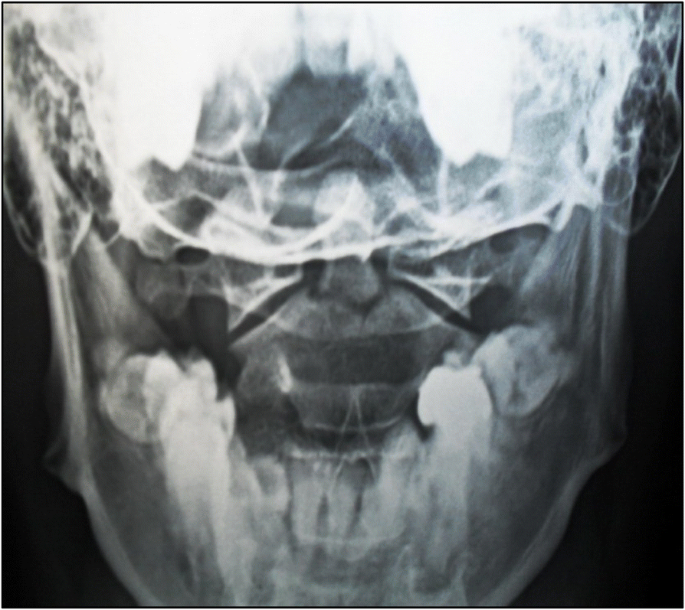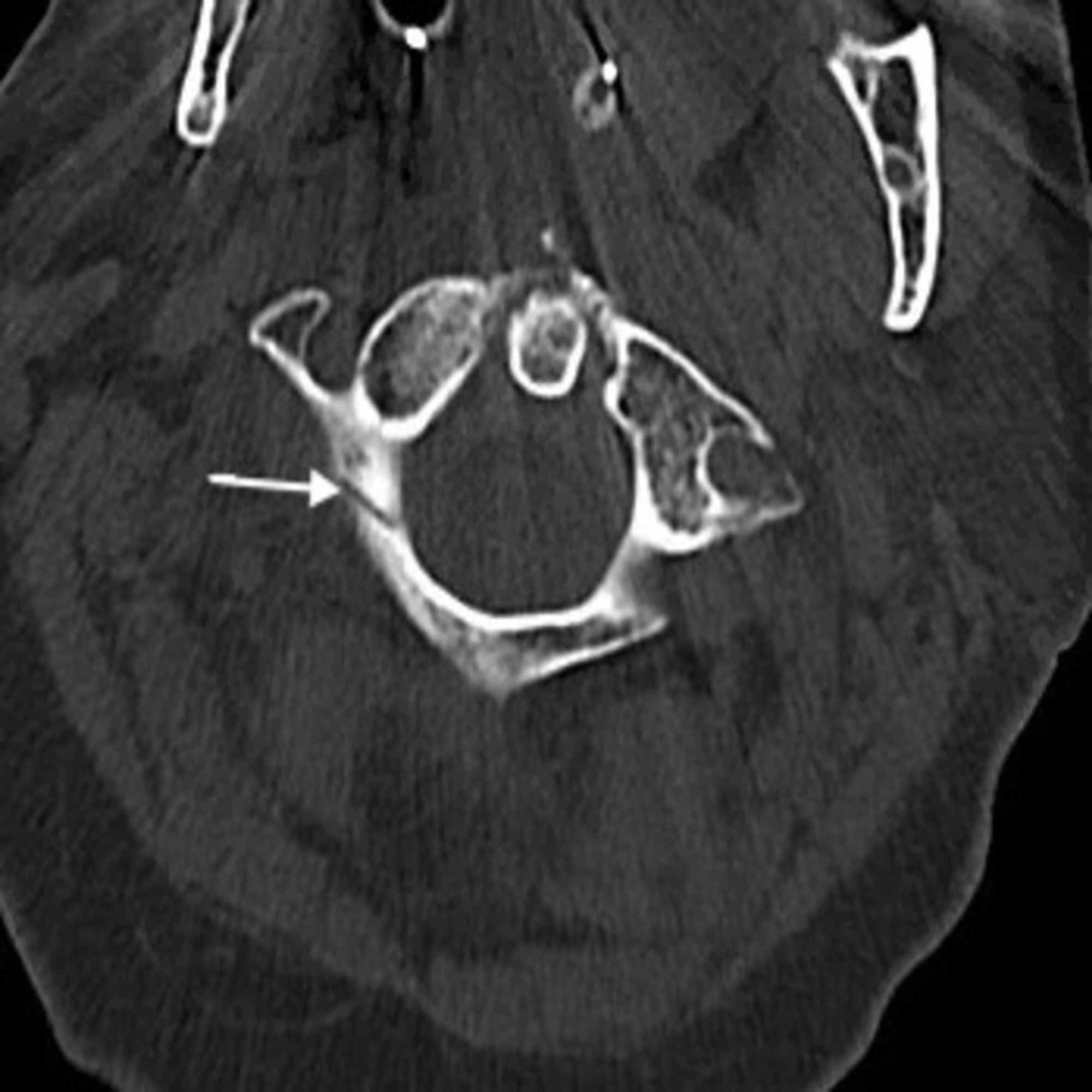

Due to the characteristics of the two injury mechanisms the incidence has a double peak distribution with fractures related to major trauma occurring in the younger patients, while osteoporotic fractures occur commonly in the elderly. Odontoid fractures type II according to Anderson and d'Alonzo are typically related either to major trauma or osteoporotic bone quality. (4) The complication rate of nonsurgical treatment is similar to the complication rate of surgical treatment of odontoid fractures type II in the elderly. (3) Odontoid nonunion is not associated with worse clinical or functional results in the elderly. (2) Posterior atlantoaxial fusion for odontoid fractures type II in the elderly has the greatest bony union rate. (1) Surgical stabilisation of odontoid fractures type II improves survival in patients between 65 and 85 years of age compared to nonsurgical treatment. The systematic literature review came to the following conclusions. With regard to nonunion in 669 published cases primary posterior fusion had the best fusion results. A cumulative analysis of 1284 published cases found greater survival if elderly patients with odontoid fractures type II received surgical treatment (RR = 0.64). After a systematic literature research 38 publications were included. This systematic review focuses on the published results of type II odontoid fracture treatment in the elderly with regard to survival, nonunion, and complications. Still, due to the paucity of evidence the published treatment guidelines are far from equivocal. 2017.Odontoid fractures type II according to Anderson and d’Alonzo are not uncommon in the elderly patients. Treatment of Type II Odontoid Fracture With a Novel Technique: Titanium Cable-Dragged Reduction and Cantilever-Beam Internal Fixation.

Zhu C, Wang L, Liu H, Song Y, Liu L, Li T, et al. Clinical Results of Odontoid Fractures according to a Modified, Treatment-Oriented Classification. PMID: 26280726Ĭho EJ, Kim SH, Kim WH, Jin SW, Lee SH, Kim BJ, Ha SG, Kim SD, Lim DJ. Comparison of microendoscopis discectomy system and anterior open approach in treatment of unstable odontoid fracture with cannulated screw internal fixation. Cement Augmented Anterior Odontoid Screw Fixation is Biomechanically Advantageous in Osteoporotic Patients With Anderson Type II Fractures. Waschke A, Berger-Roscher N, Kielstein H, Ewald C, Kalff R, Hans-Joachim W. Comparison of fusión rates between rod-based laminar claw hook and posterior cervical screw construct in Type II odontoid fractures. Maciejczak A, Wolan-Nieroda A, Jabłońska-Sudoł K. Comparison of Clinical Outcomes os Posterior C1-C2 Temporary Fixation Without and C1-C2 Fusion for Fresh Odontoid Fractures. Guo Q, Deng Y, Wang J, Wang L, Lu X, Guo X, et al. Journal of Orthopaedic Surgery and Research. The comparison of clinical outcome of fresh type II odontoid fracture treatment between anterior cannulated screws fixation and posterior instrumentation of C1-2 without fusion: a retrospective cohort study. Yuan S, Wei B, Tian Y, Yan J, Xu W, Wang L, et al. A meta-analysis of the fusion rate from surgical treatment for odontoid fractures: anterior odontoid screw versus posterior C1-C2 arthrodesis” Eur Spine J. Shen Y, Miao J, Li C, Fang L, Cao S, Zhang M, et al. Atlantoaxial Fixation for Odontoid Fracture: Analysis of 124 Surgically Treated Cases. Goel A, Jain S, Shah A, Patil A, Vutha R, Ranjan S, et al.

TYPE 3 ODONTOID FRACTURE SERIES
Management of Type II Fracture OBAV: About A series of 5 cases and Literature Review. Koné N, Haidara A, Giamundo M, Rusconi A. “Simultaneeous anterior and posterior screw fixation confined to the axis for stabilization of a 3-part fracture of the axis (odontoid, dens, ang hangman fracture)” J Neurosurg Spine 20:265-269,2014. “Posterior Reduction and Temporary Fixation for Odontoid Fracture”. Experience in surgery treatment of type Ⅱ odontoid fractures: A report of two cases and review of the literature. Surgical treatment of Type II odontoid fractures: anterior odontoid screw fixation or posterior cervical instrumented fusion? Neurosurg Focus. Outcomes of surgery for unstable odontoid fractures combined with instability of adjacent segments.


 0 kommentar(er)
0 kommentar(er)
